There are two common types of cohesive silicone gel-filled breast implants approved for sale in Thailand now: round and tear-drop shapes. Both types have a tough silicone outer shell. They vary in size, shell thickness, and shape (contour). Thin Young women without sagging breasts seems to be suitable for tear-drop silicone implants because they feel more like real breasts than round ones. However, their cost are more expensive than round ones. People also concern whether the silicone fluid inside might leak, the Mentor company has life-long and world-wide warranty for their products.
In 1992, the FDA halted the sale of silicone implants because of safety concerns. But in 2006, after reviewing additional research, the FDA allowed three manufacturers -- Mentor, Motiva and Allergan -- to sell silicone implants. Allergan Implants has problems associated with cancer of lymph node so US-FDA has not allowed to use recently. Our clinic has used Mentor and Motiva brands for your safety concerns. (www.mentorwwllc.com and www.motiva.health.com)
Three different surgical planes:
Things you need to know before having breast implant surgery:
- Breast implants are not designed to last a lifetime. You may need to have the implants replaced if there are complications, or if the size and shape of your breasts change over time. However, the longer you have your implants, the more likely it will be for you to have them removed.
- The longer you have breast implants, the more likely you are to experience local complications and adverse outcomes.
- The most common local complications and adverse outcomes are capsular contracture, reoperation and implant removal. Other complications include rupture or deflation, wrinkling, asymmetry, scarring, pain, and infection at the incision site.
- You should assume that you will need to have additional surgeries (reoperations).
- Many of the changes to your breast following implantation may be cosmetically undesirable and irreversible.
- Breast implants may make it harder for you to breastfeed.
- If you have your implants removed but not replaced, you may experience changes to your natural breasts such as dimpling, puckering, wrinkling, breast tissue loss, or other undesirable cosmetic changes.
- If you have breast implants, you will need to monitor your breasts for the rest of your life. If you notice any abnormal changes in your breasts, you will need to see a doctor promptly.
- Research indicates breast implants do not increase your risk of breast cancer. Having breast implants can make it more difficult to get screened with a mammogram, but special X-ray views can be done to better examine the area.
- You can reduce your risk of complications by choosing a surgeon who has had at least five years of surgical training, and a minimum of two years experience in plastic surgery.
Tear-drop Breast Implantation
(Suitable for who want natural look and has no sagging breasts)
.png)
.png)
.png)
.png)
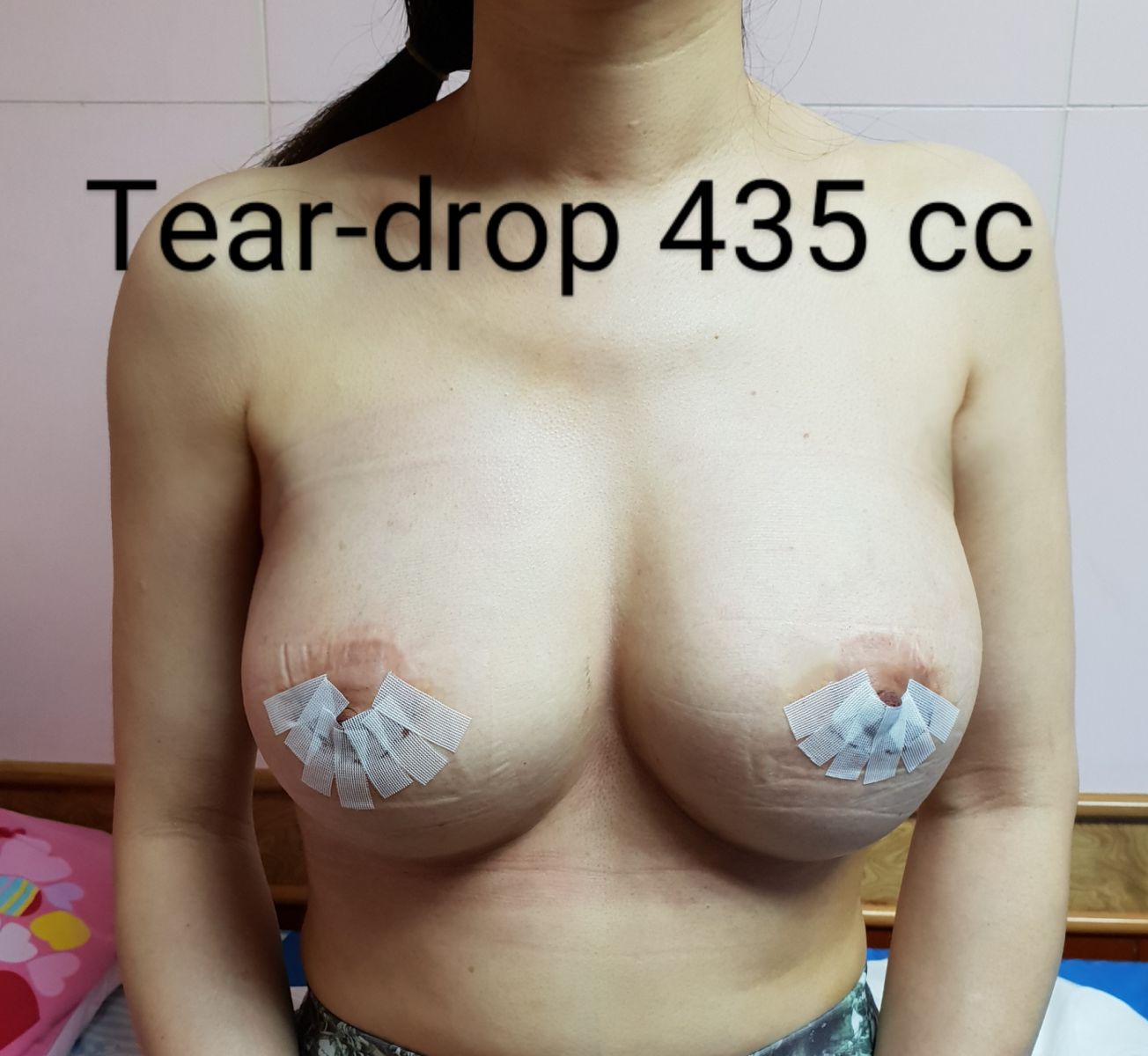
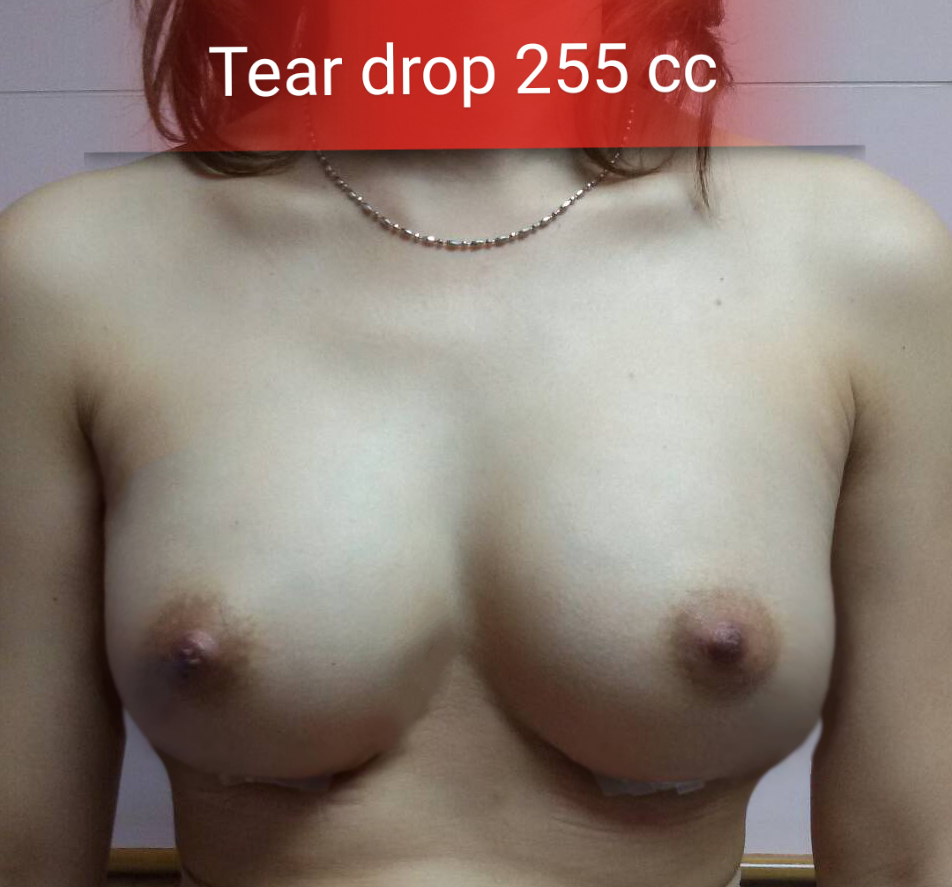
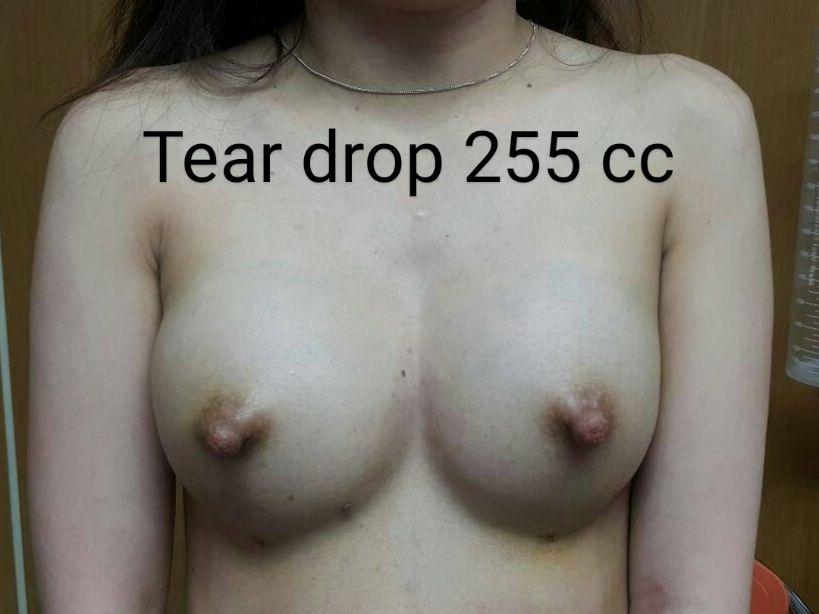
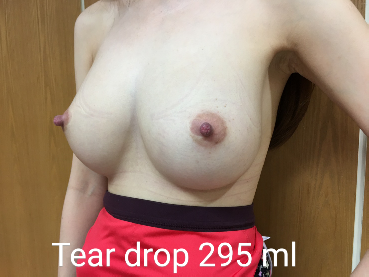
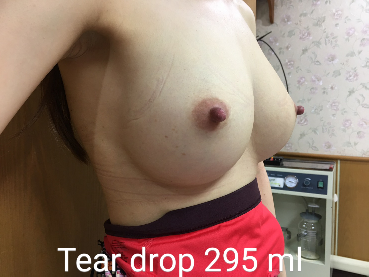
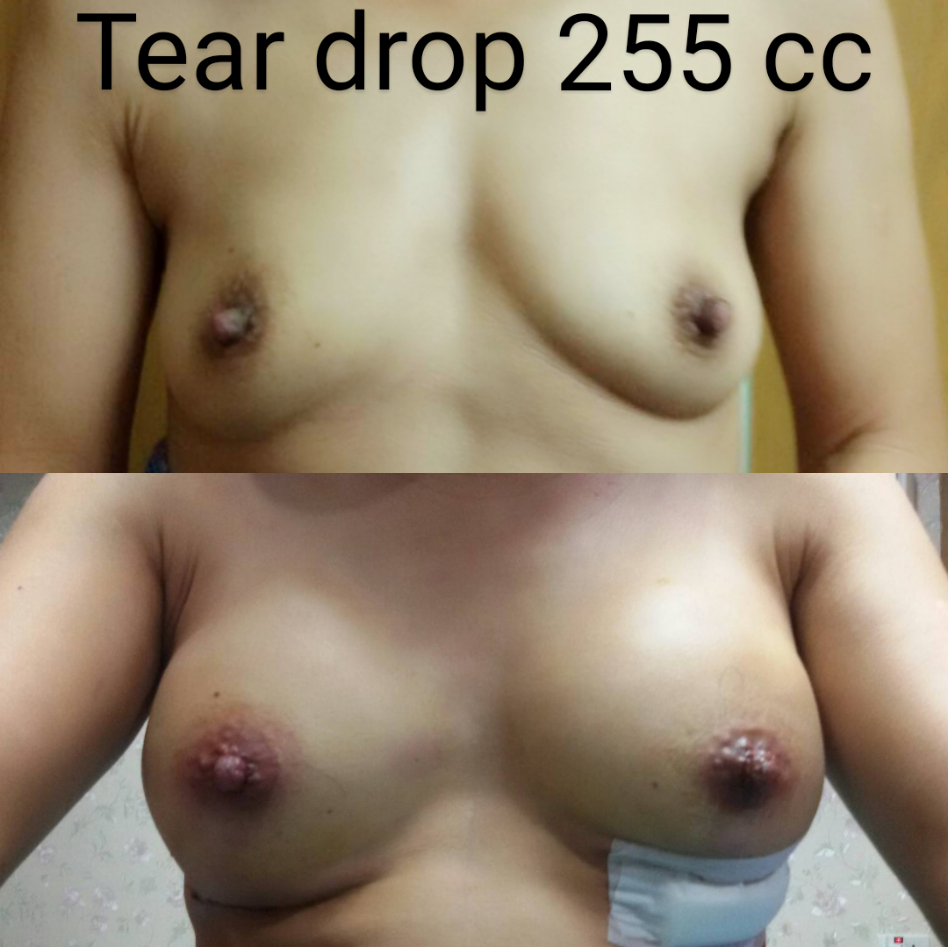
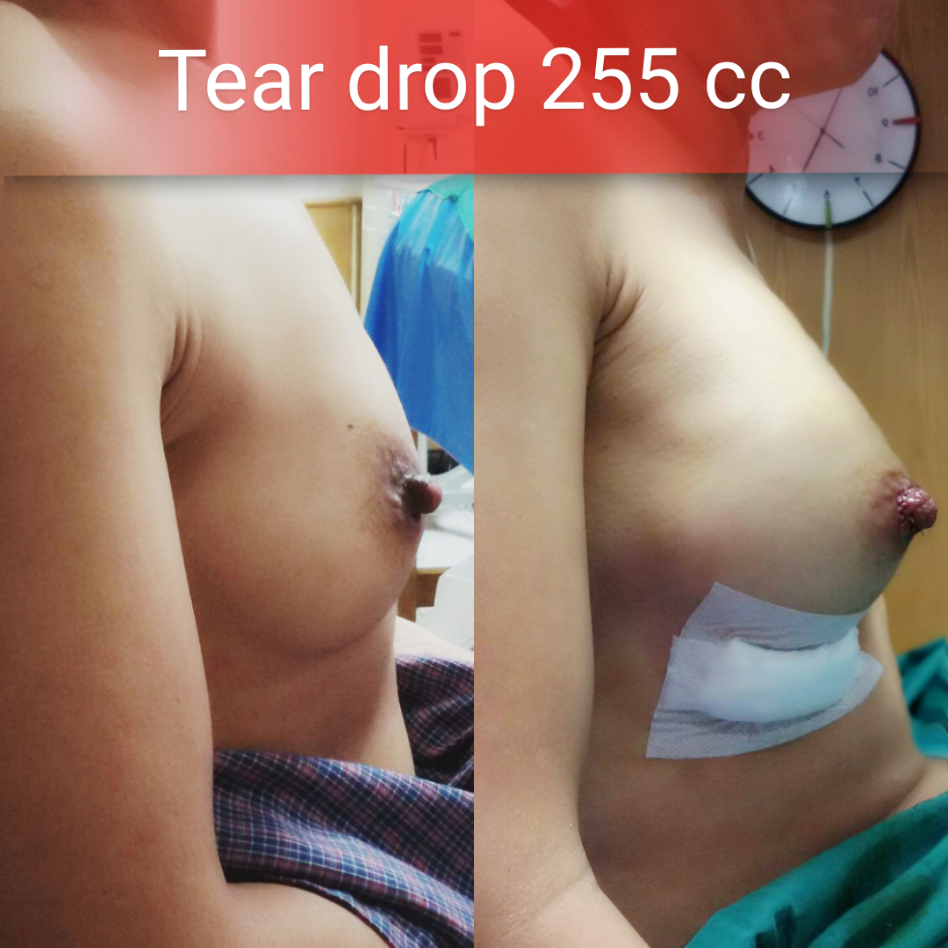
.jpg)
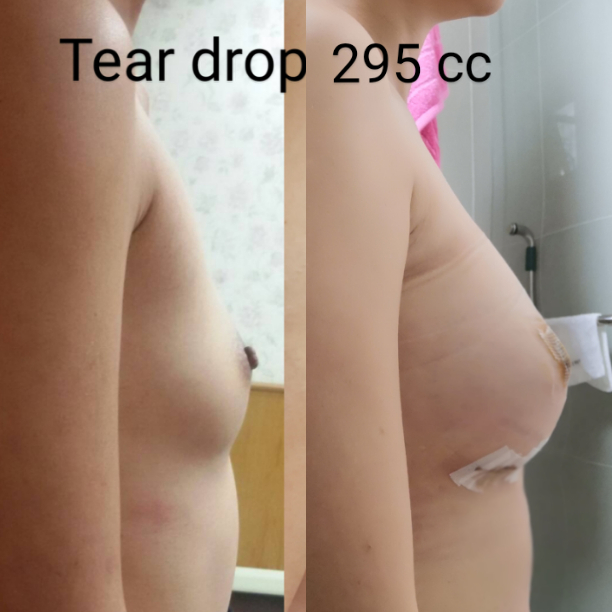


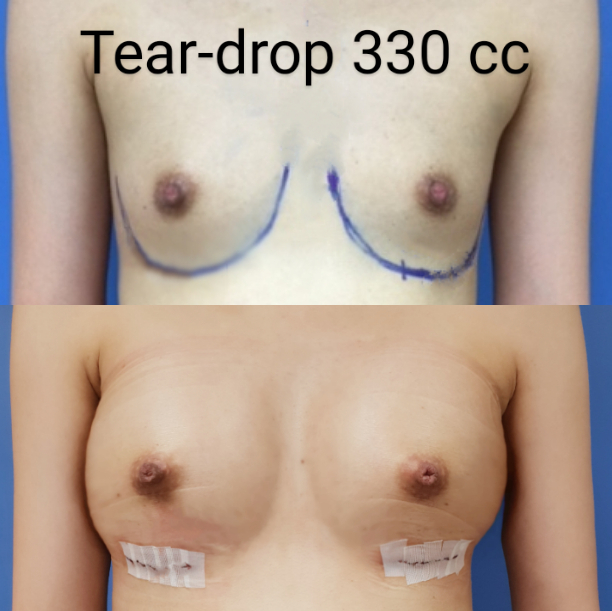
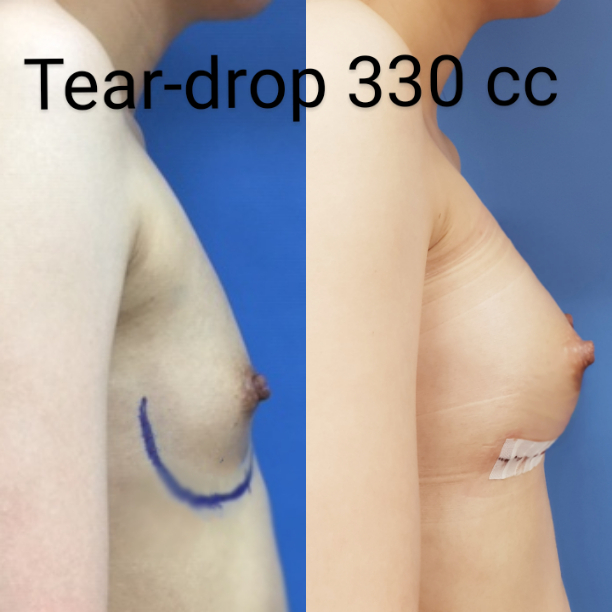
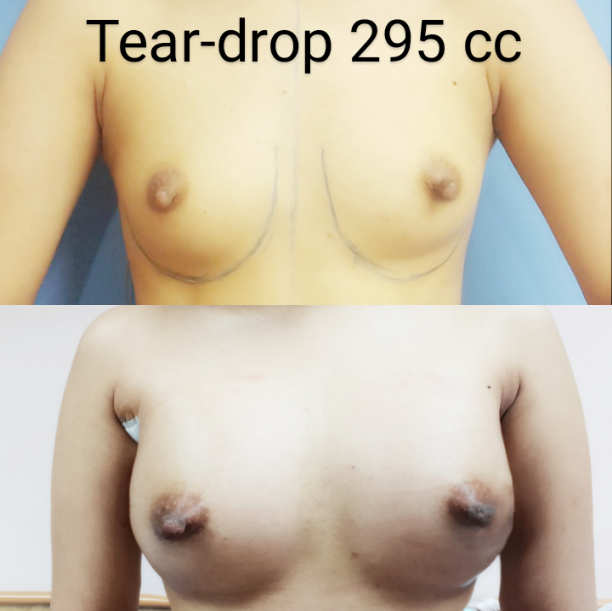
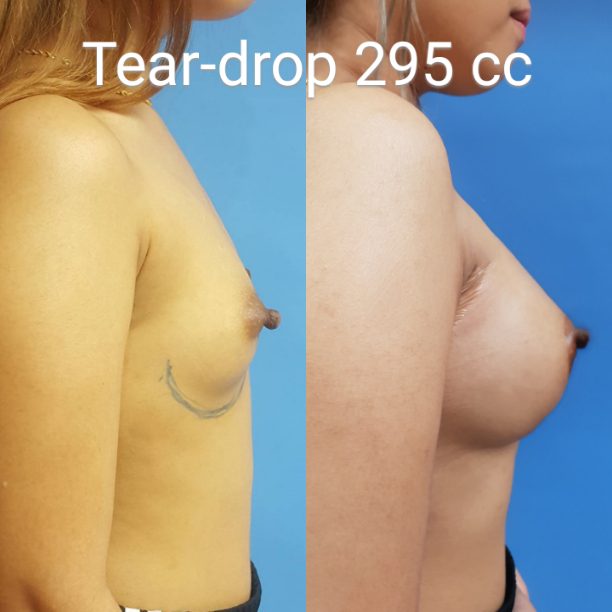
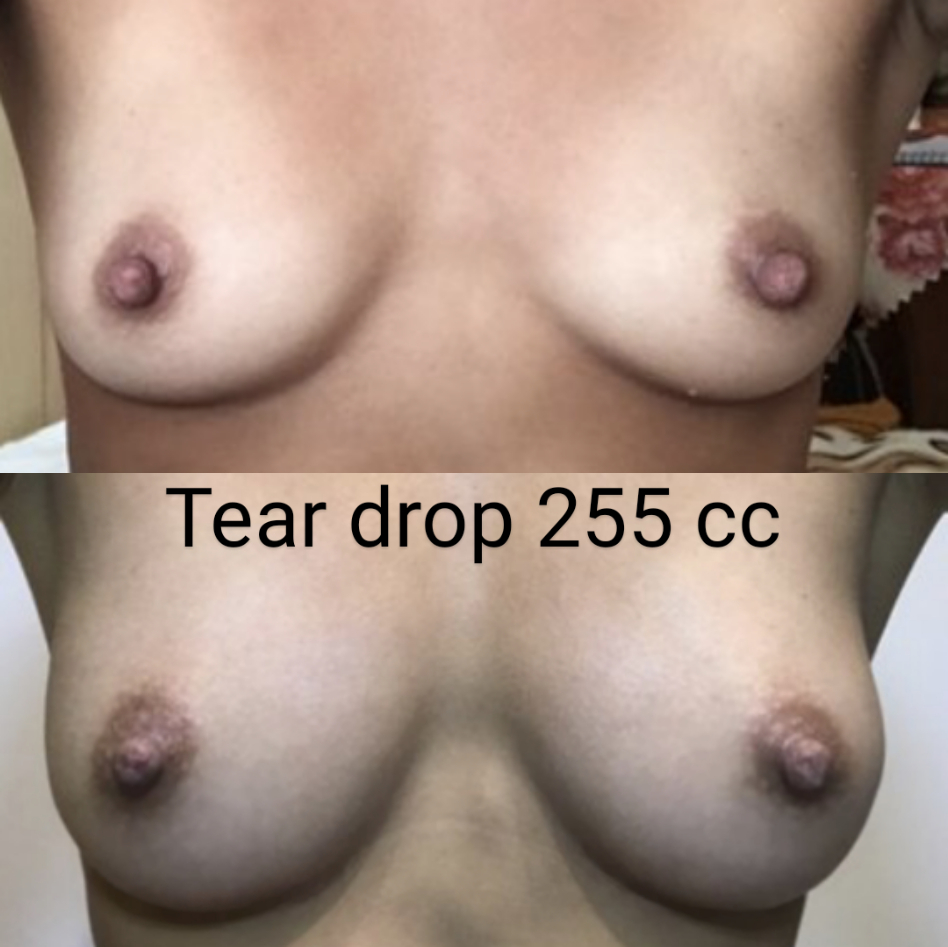
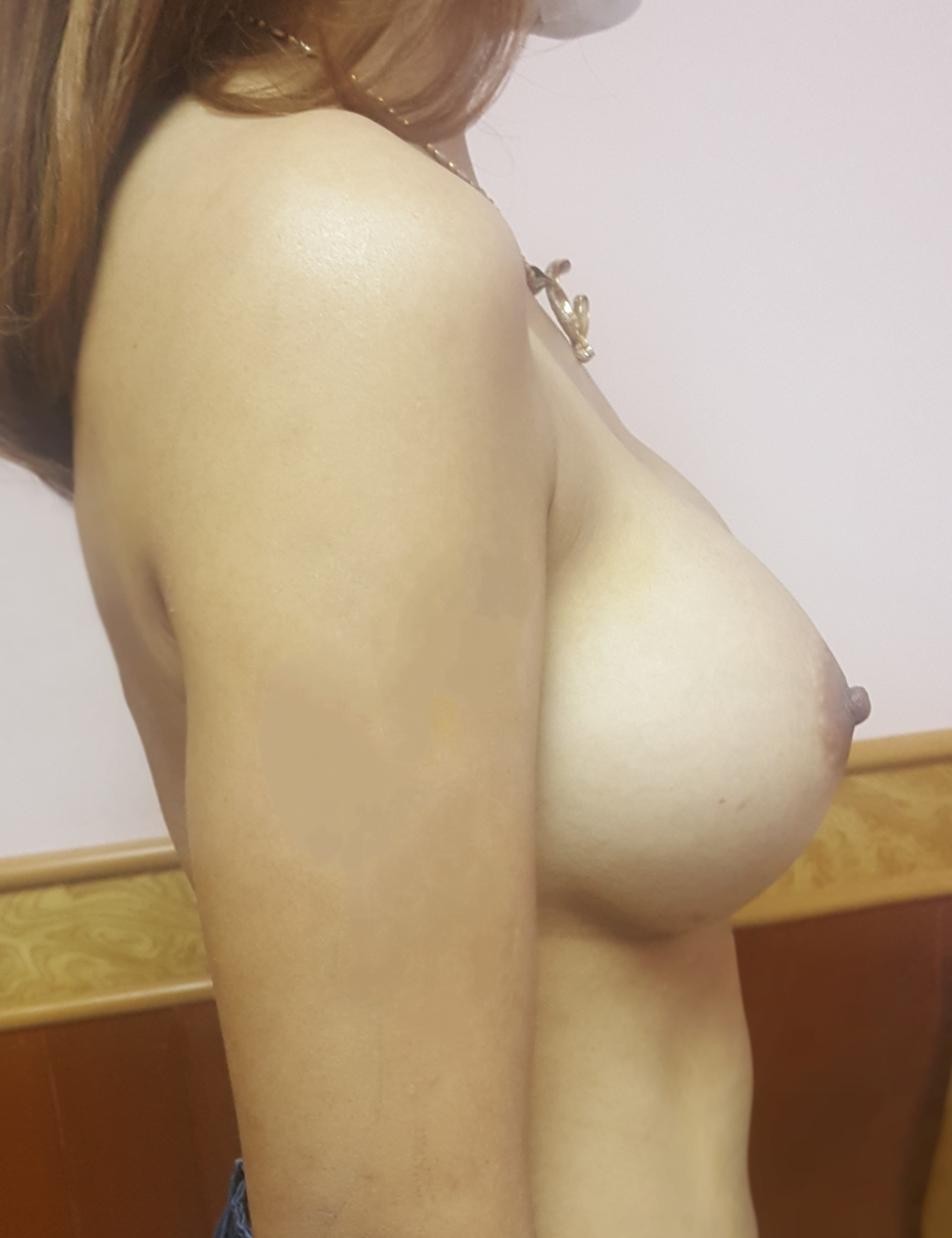
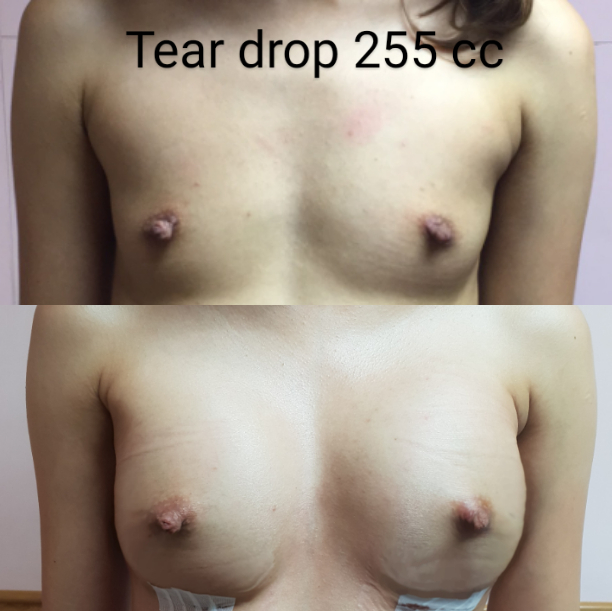
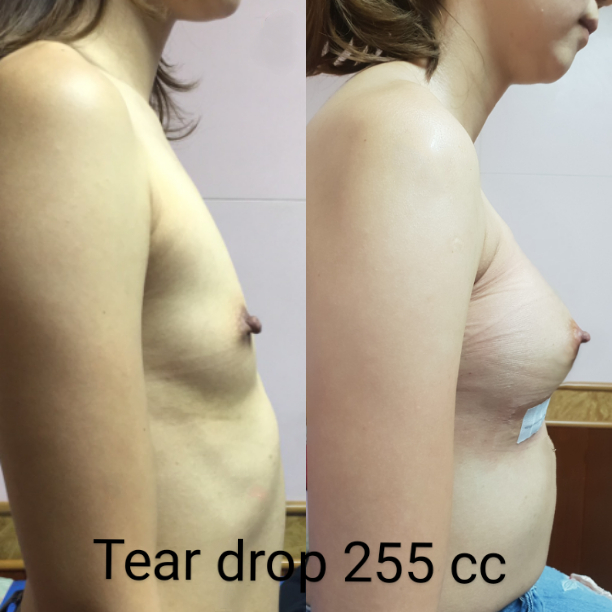
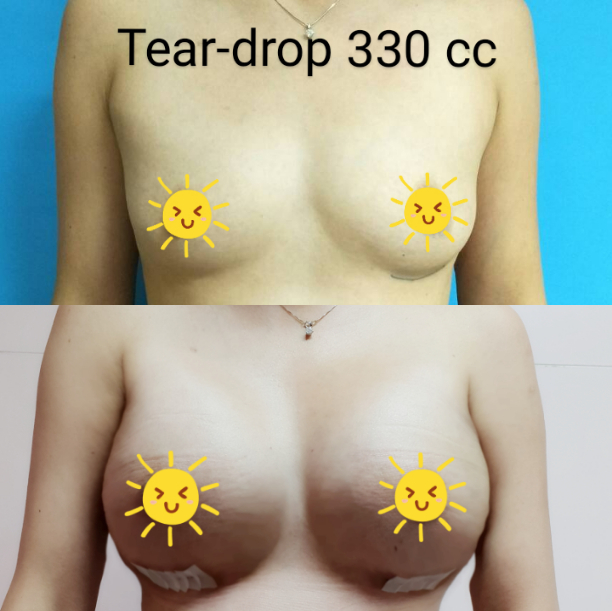
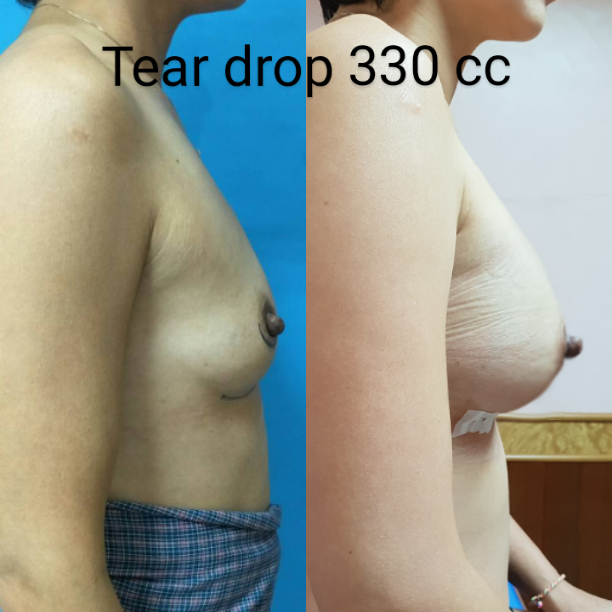
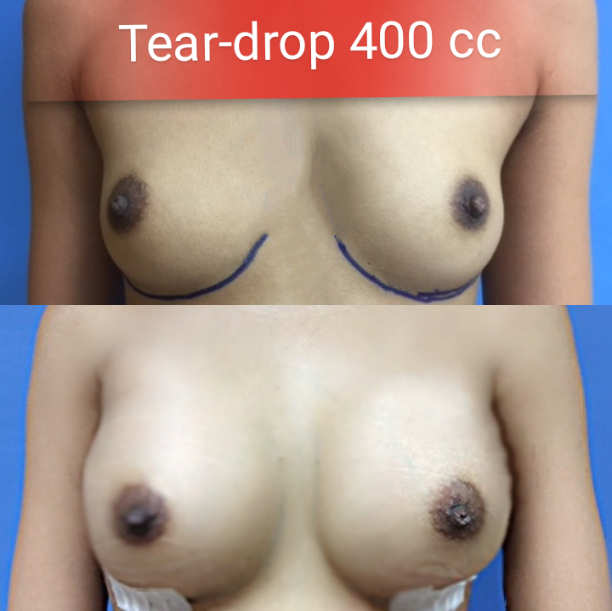
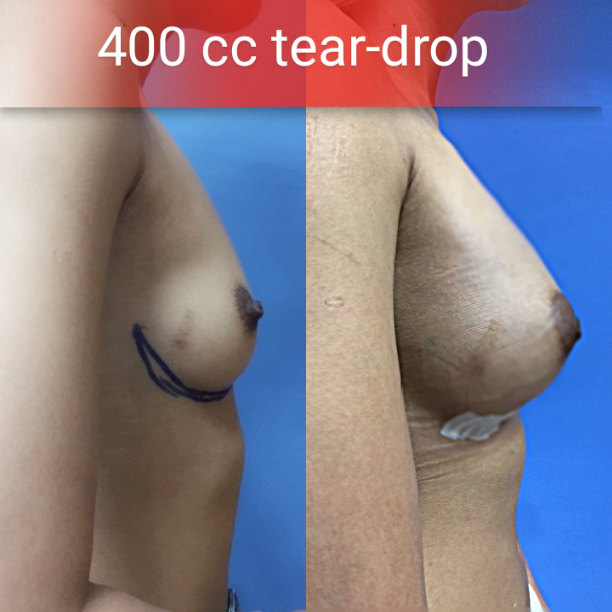
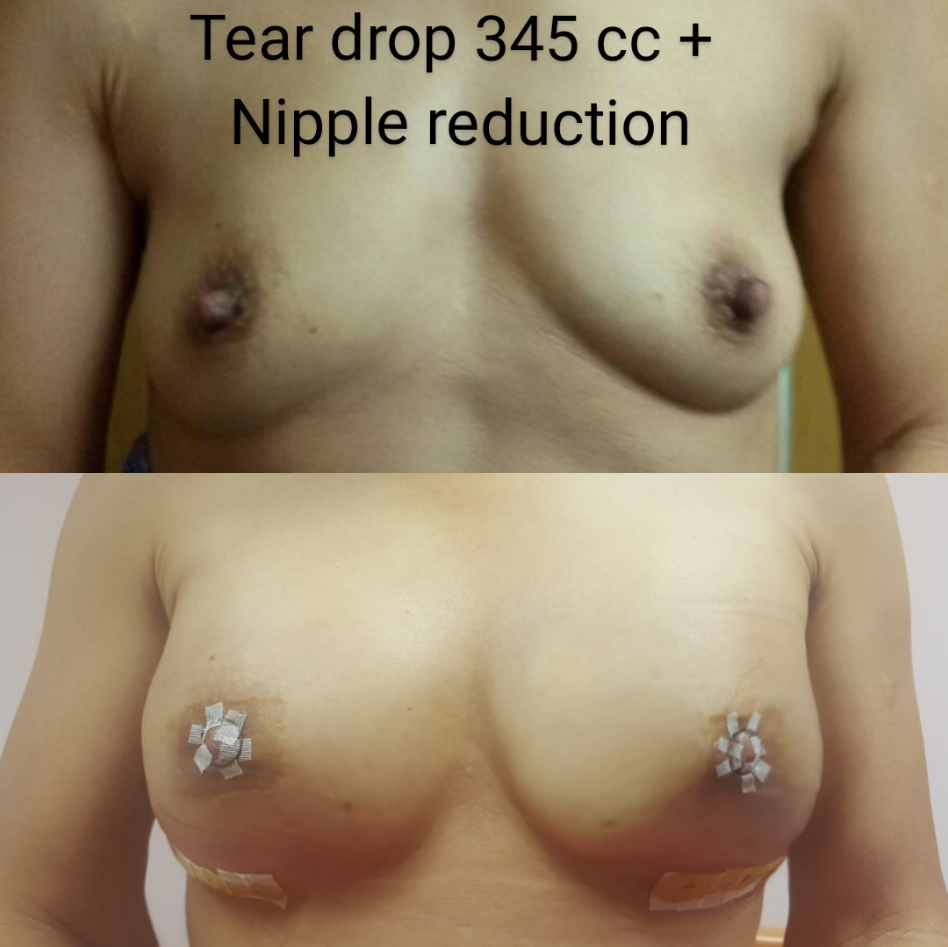
.jpg)
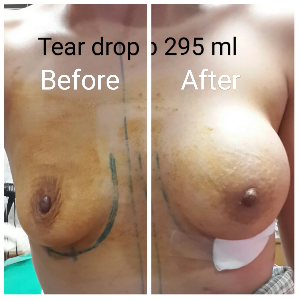
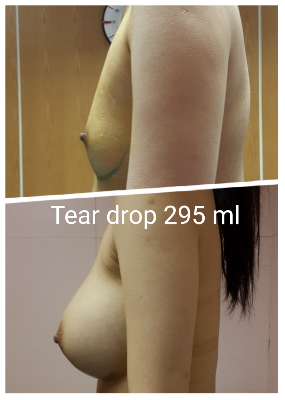
Round Breast Implantation
(Suitable for who wants sexy look or want to fill up upper part)
.png)
.png)
.png)
.png)
.png)
.png)
.png)
.png)
.png)
.png)
.png)
.png)
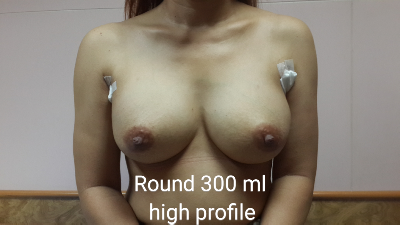
_resized.png)
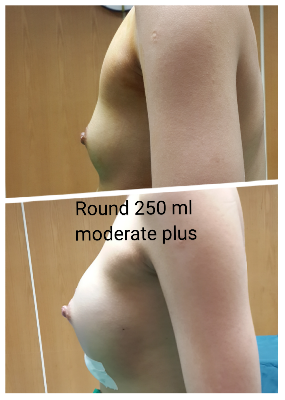
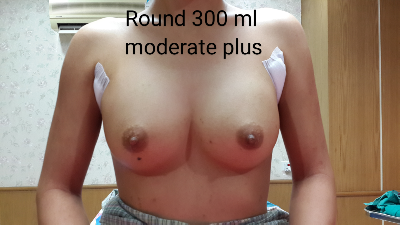
.jpg)
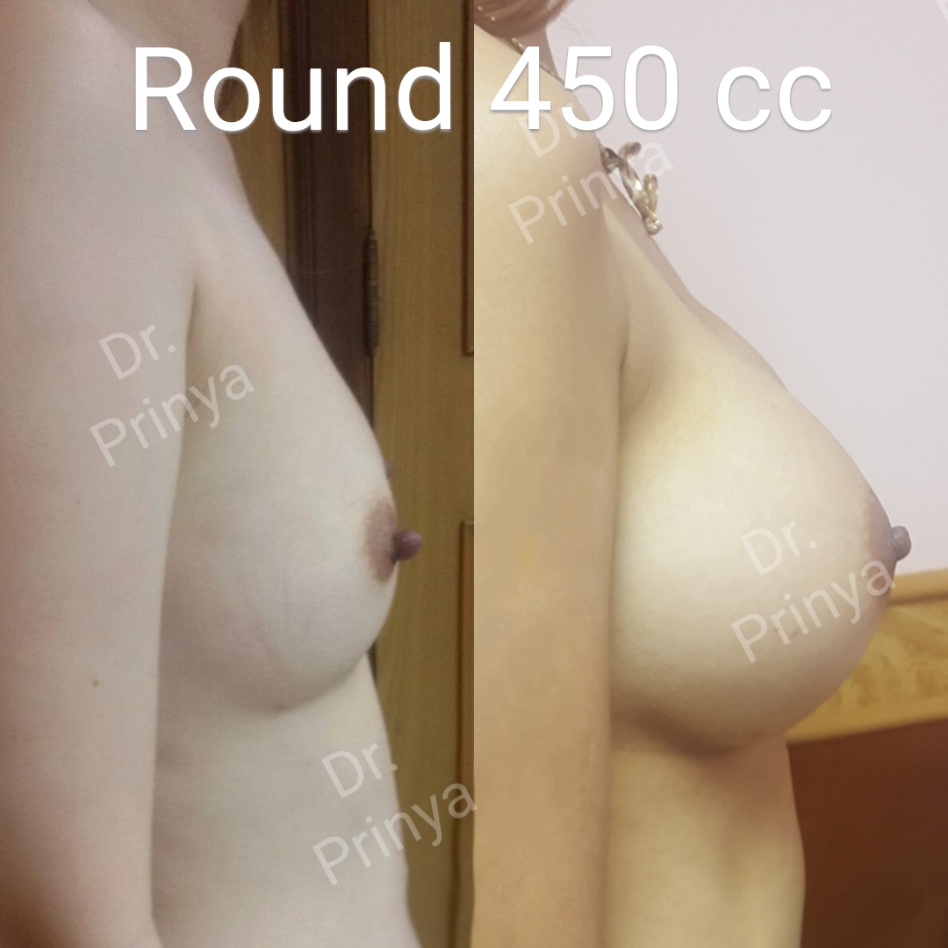
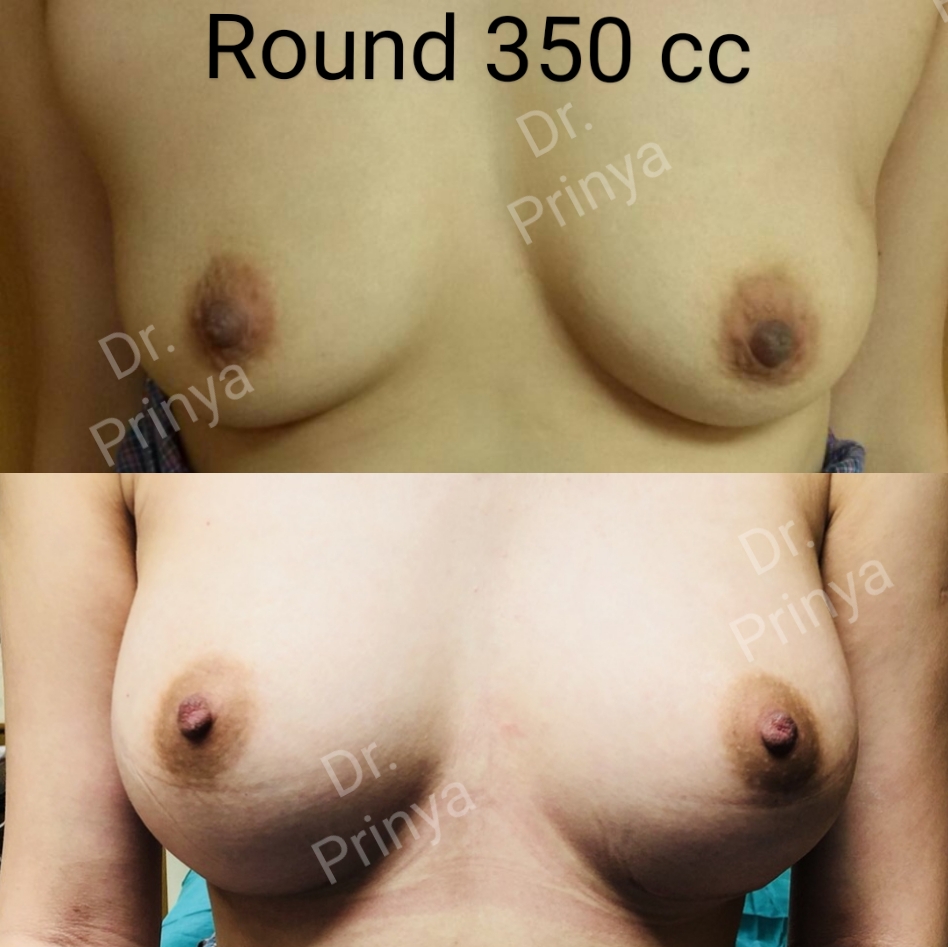
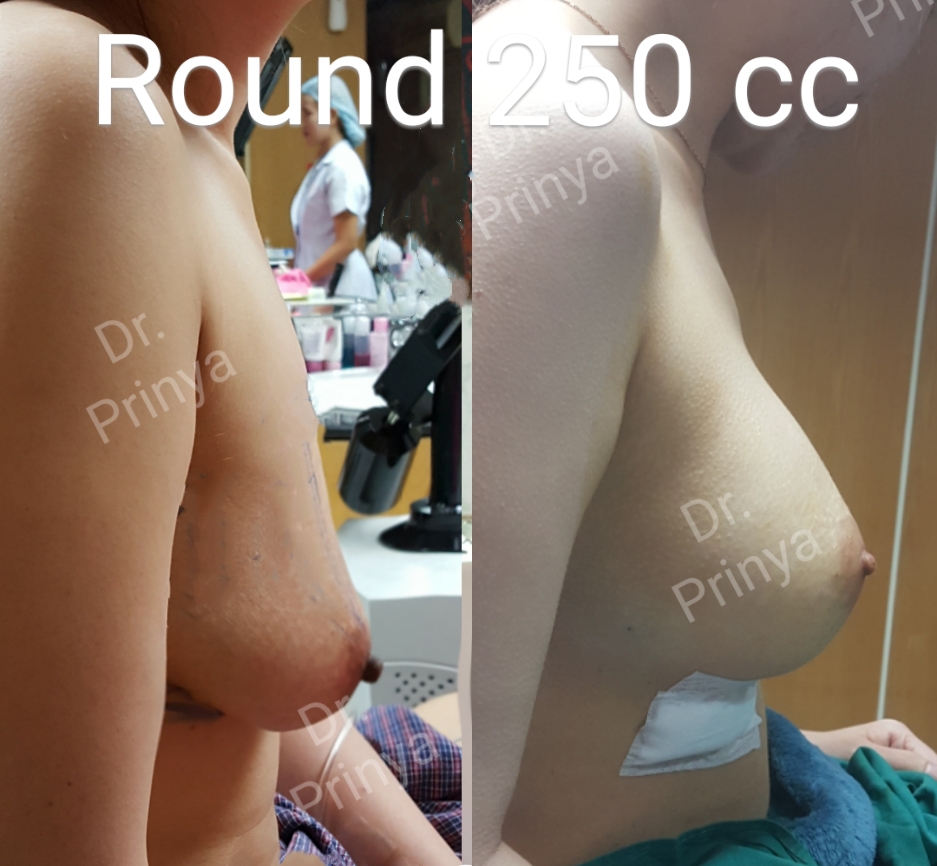
.png)
.png)
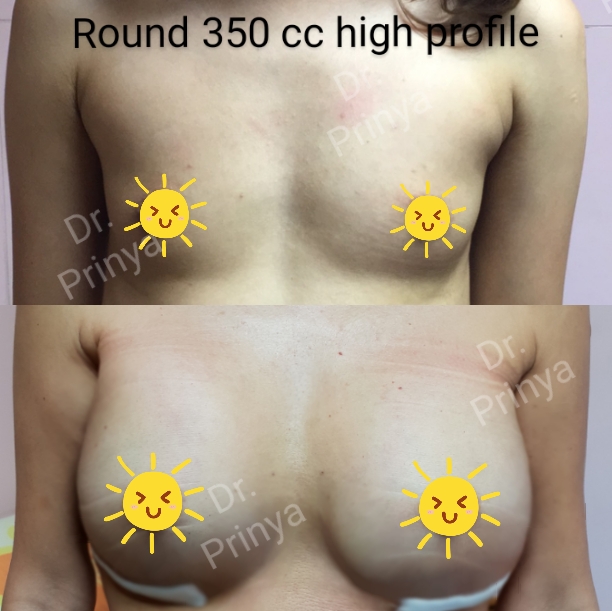
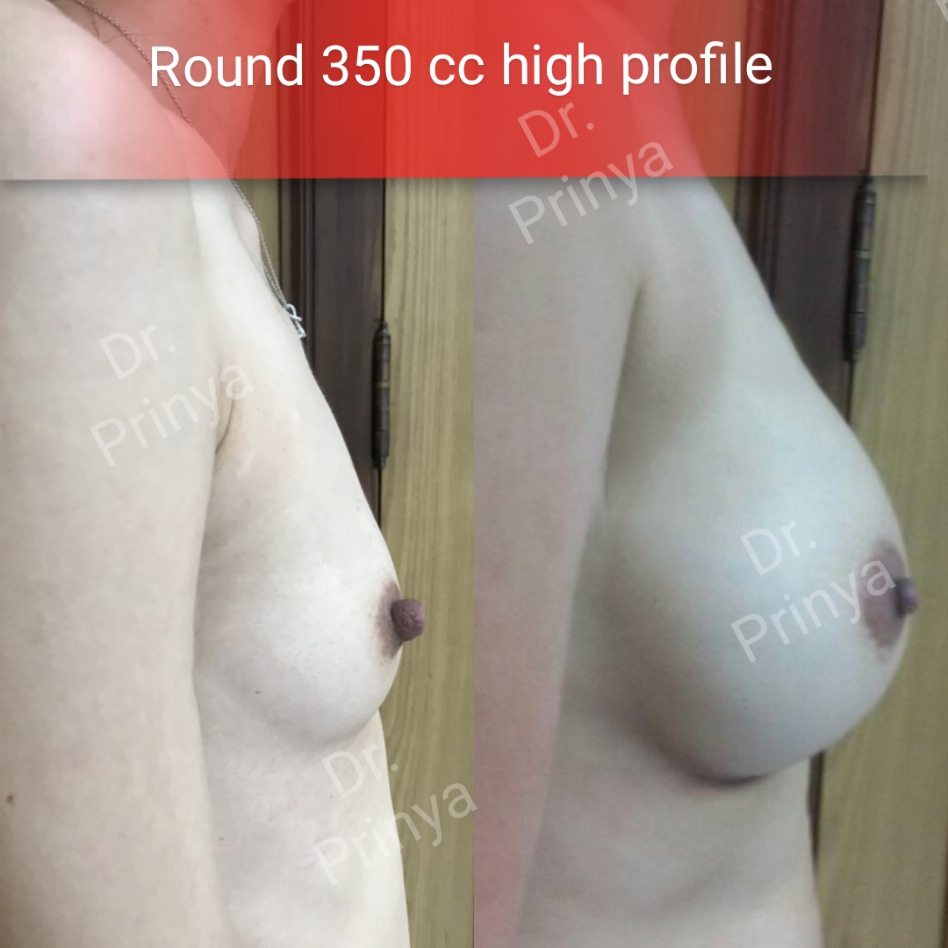
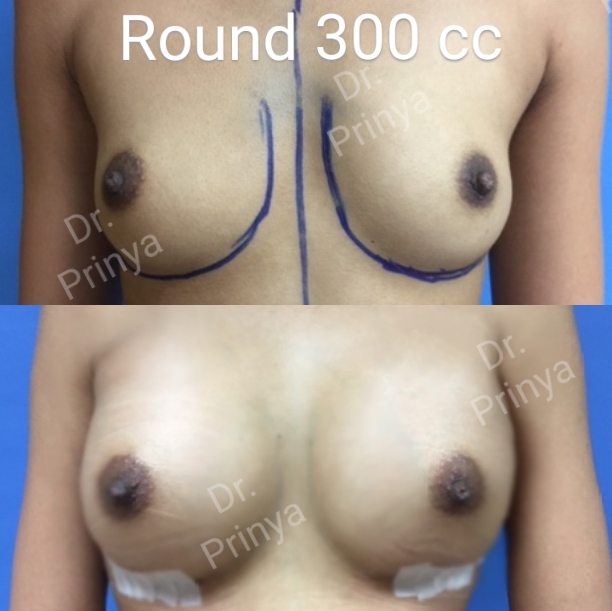
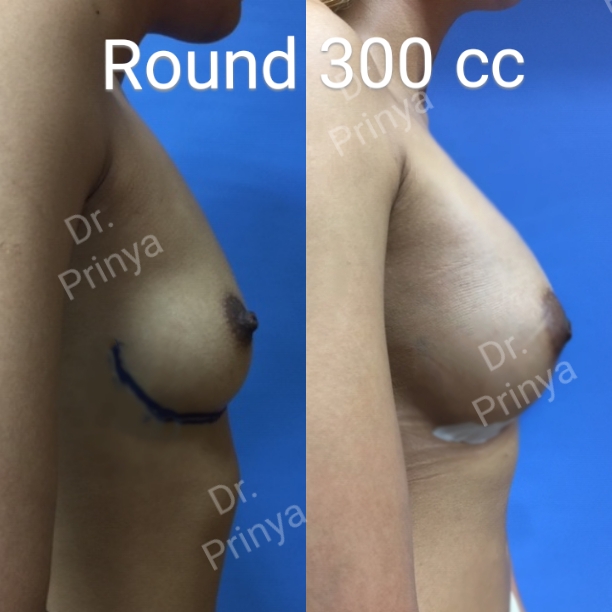
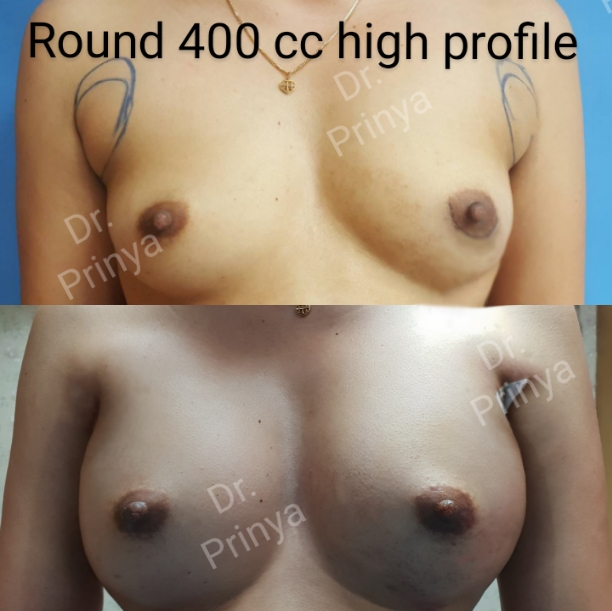
.png)
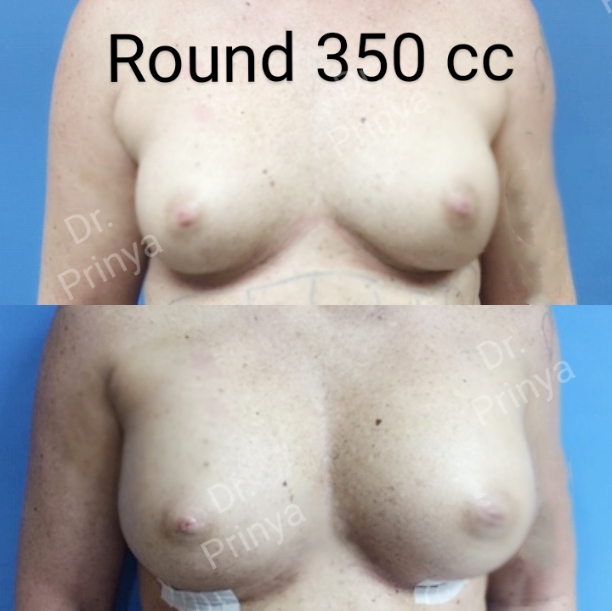
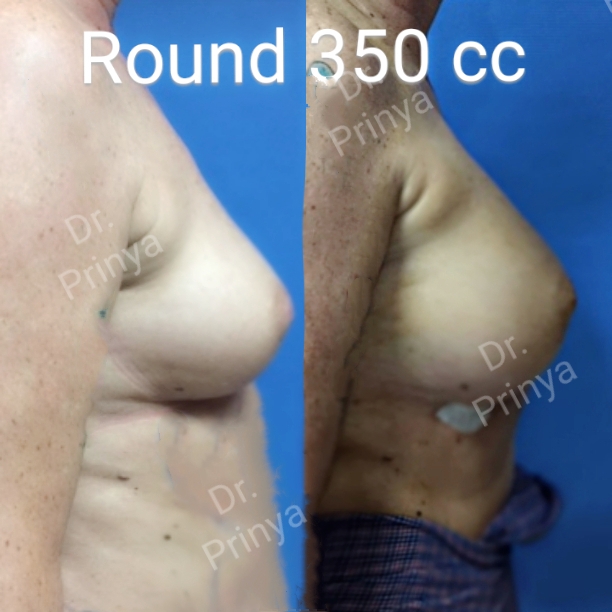
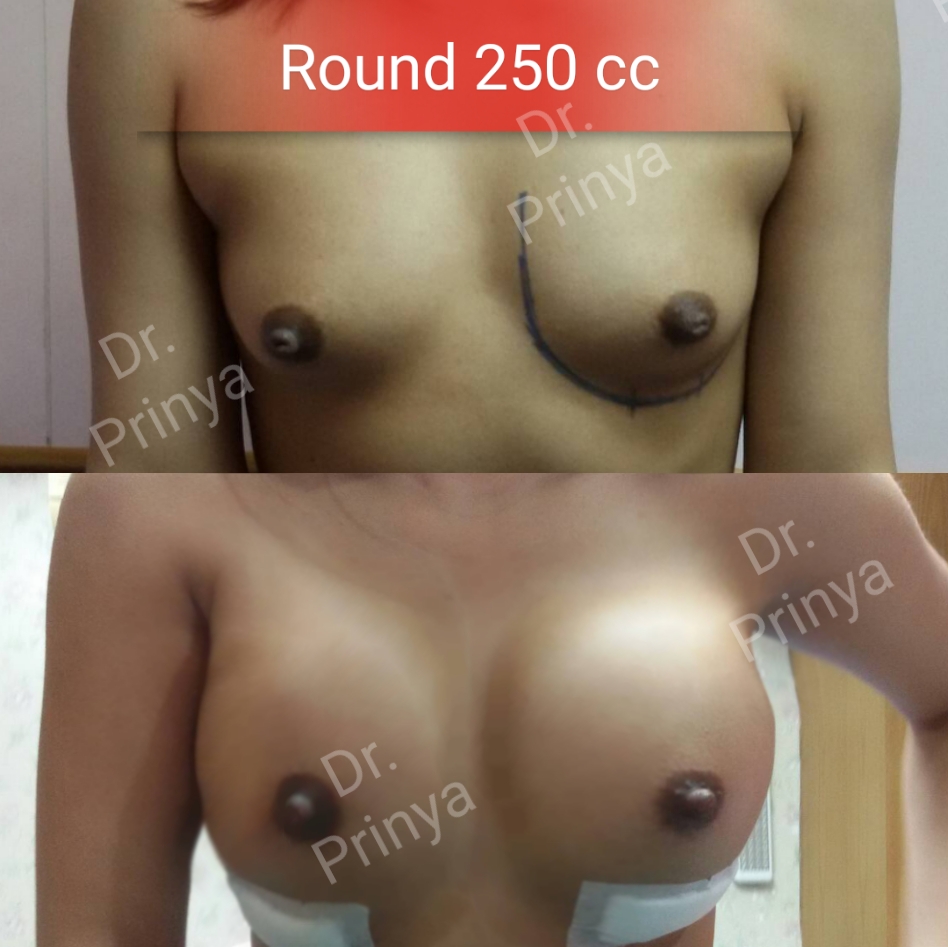
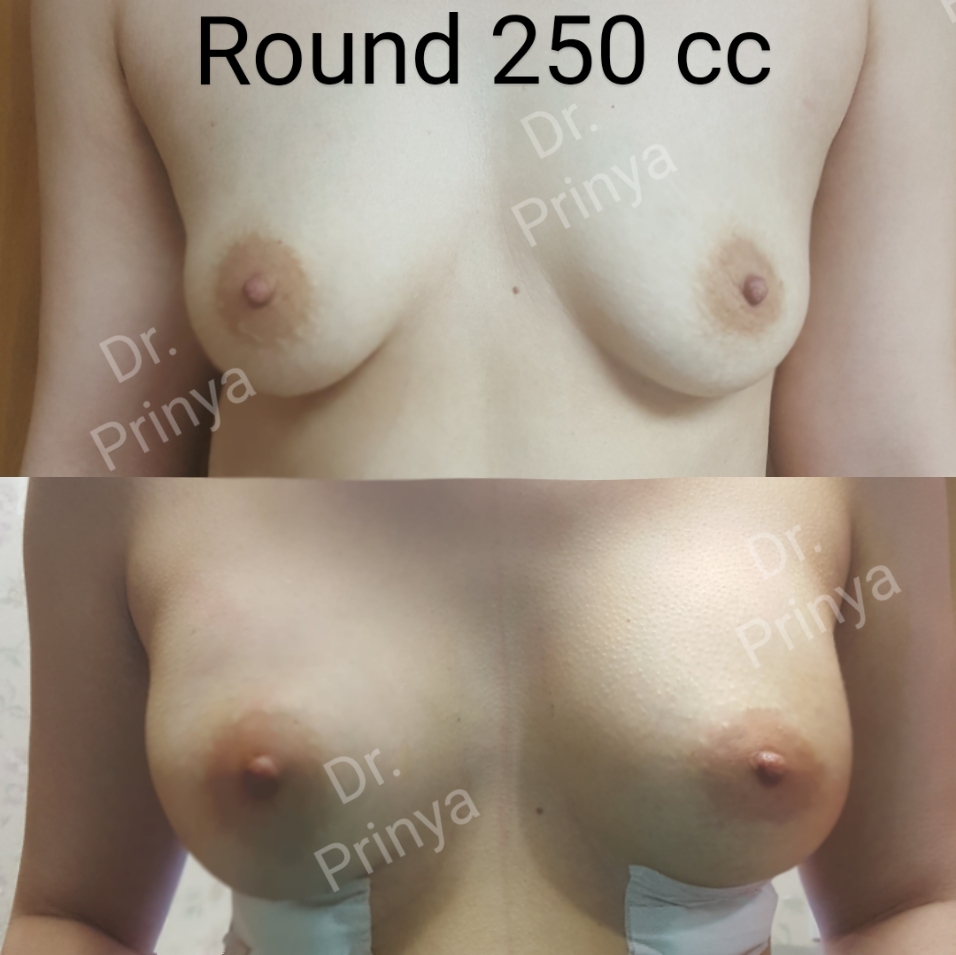
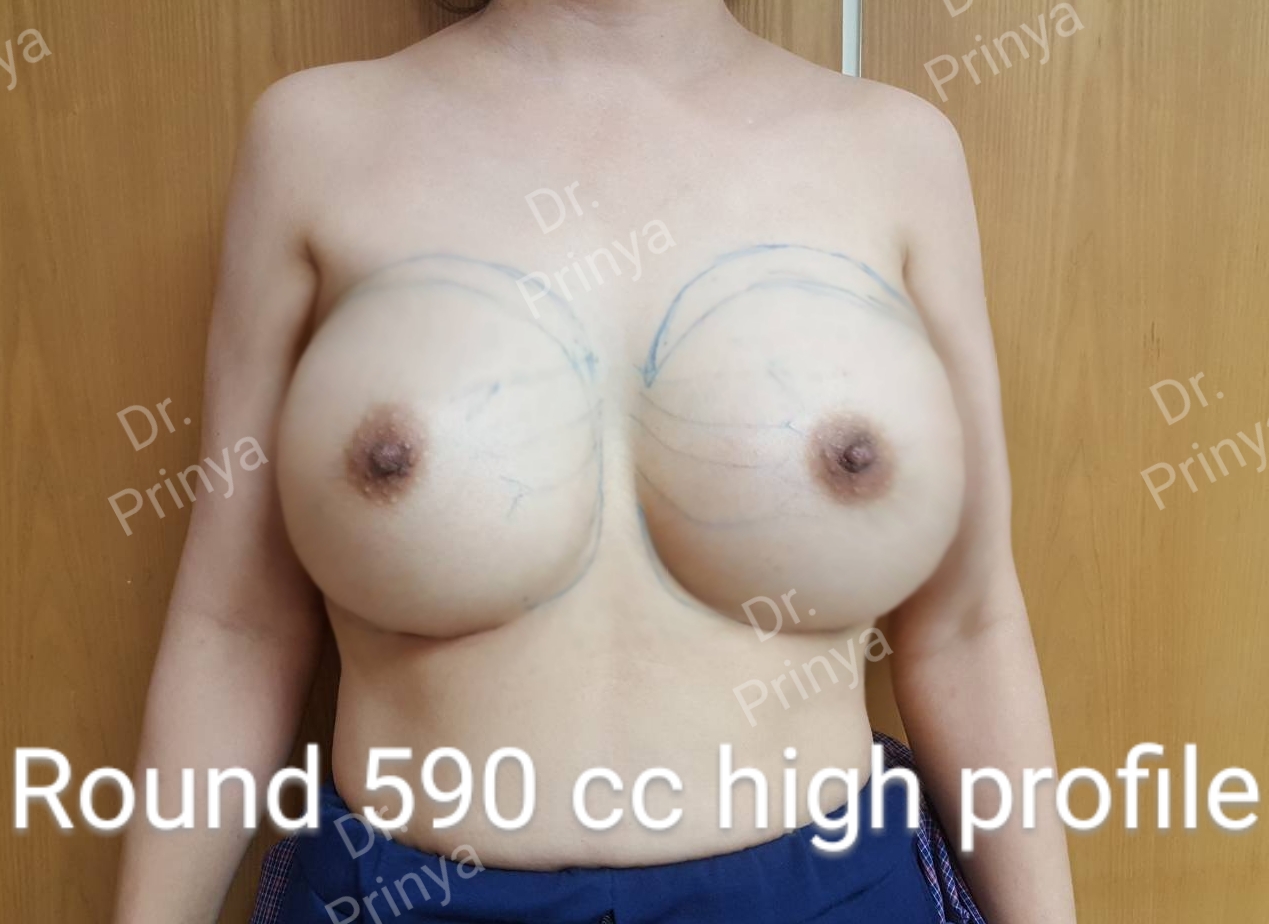
.png)
.png)
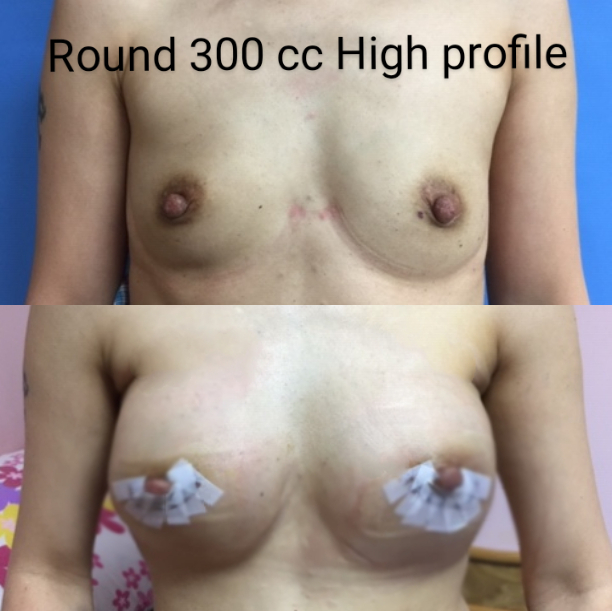

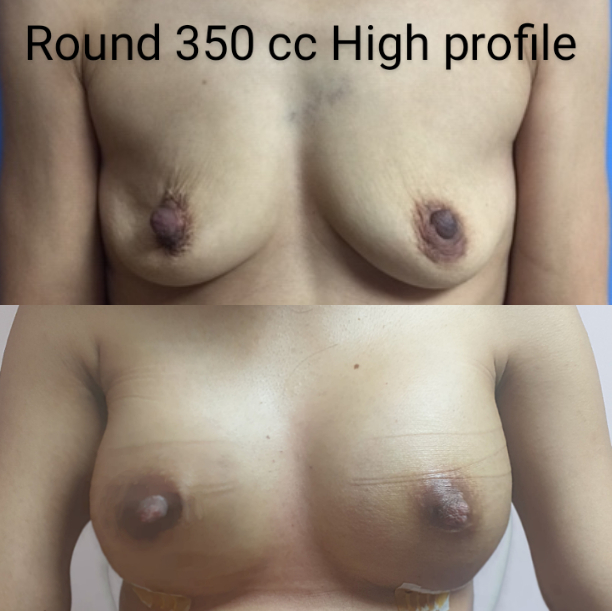
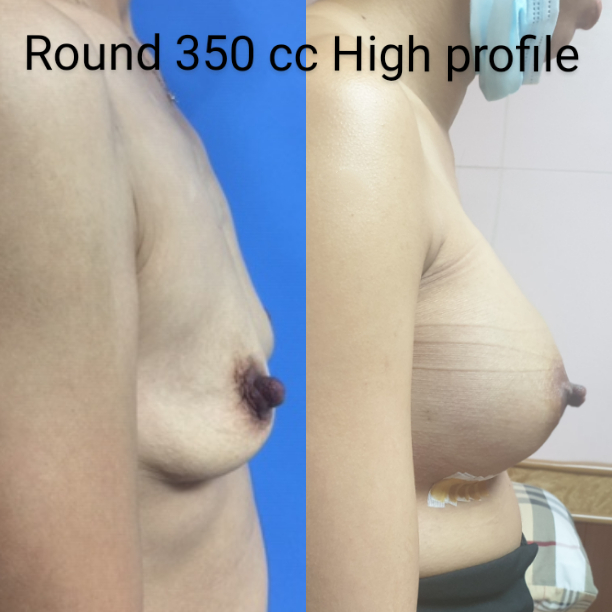
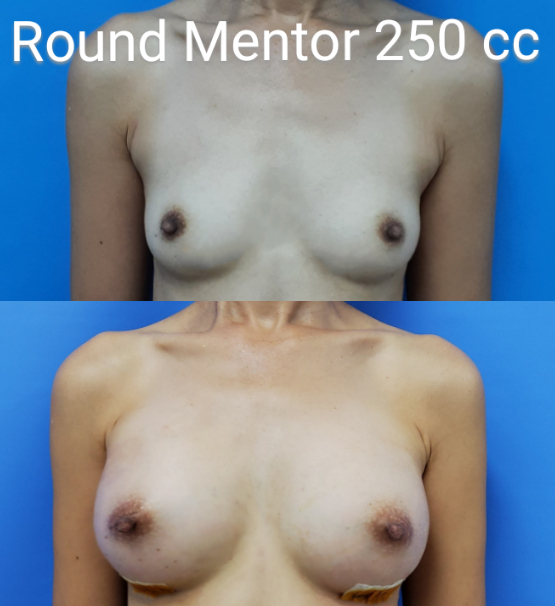
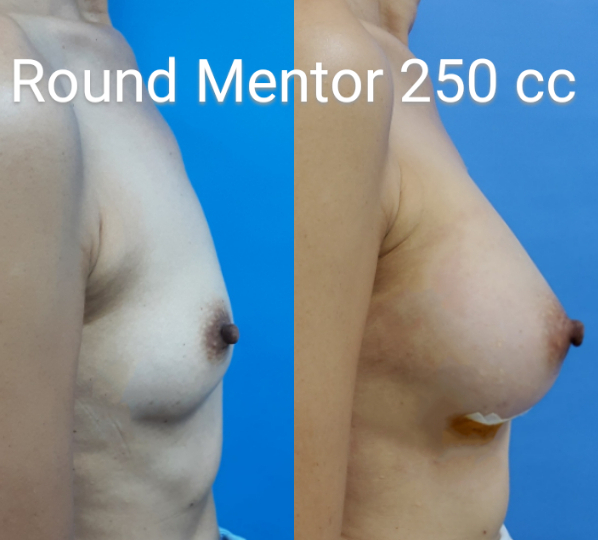
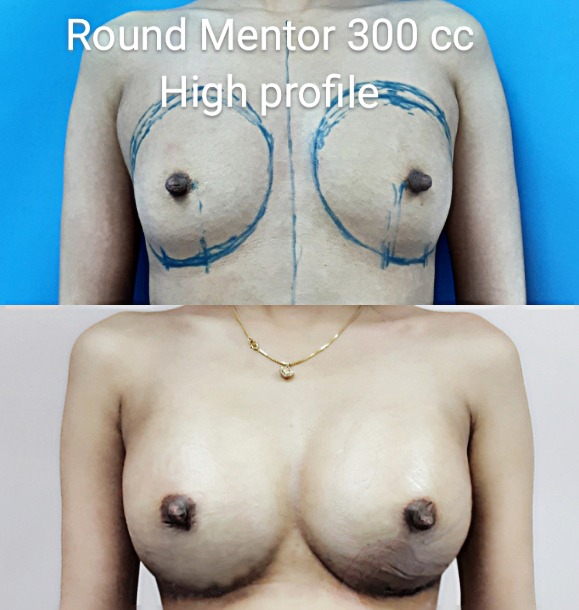
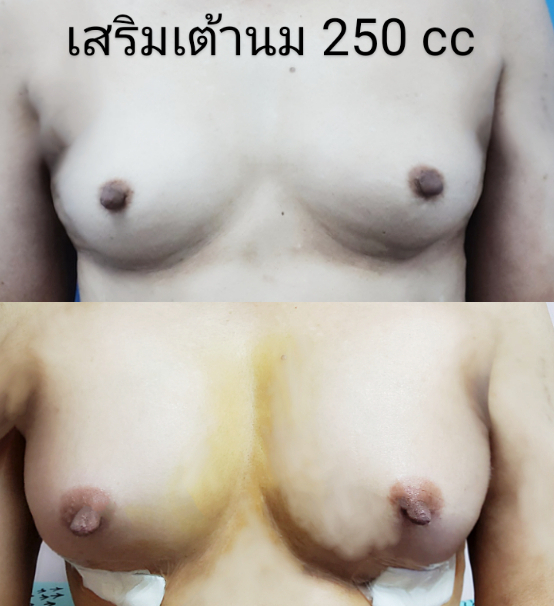
.png)
.png)
.png)
.png)
.png)
.png)
.png)
.png)
.png)
.png)
.png)
.png)
.png)
.png)
.png)
.png)
.png)
.png)
.png)
.png)
What are my breast implant placement options?
There are three common implant placement choices during breast augmentation:
- Subglandular: under your breast tissue and over your chest muscle
- Submuscular: under or partially under your chest muscle
- Dual-Plane: The implant is placed above muscle at lower pole and under muscle at upper pole
Subglandular Breast Implant Placement
Subglandular placement describes when an implant is placed under the glands but over the muscle. The resulting implant location is between your chest muscle and your breast tissue.
This placement may help reduce your surgery and recovery time. It may be less painful than submuscular placement and may make your breast implants easier to access in the event of future operations. Implants that are sub-glandular may be easier to see and feel through your skin than implants that are submuscular.
Submuscular Breast Implant Placement
Submuscular placement describes when an implant is placed partially or wholly under the pectoralis major chest muscle.
Sub-muscular implants may result in a longer, more painful recovery than sub-glandular implants. Sub-muscular placement may result in less palpable implants and may reduce the risk of developing capsular contracture, as well as offer easier mammographic imaging of the breast. Implants inserted via submuscular route is untouchable when touching.
Dual-Plane Placement
This technique is very popular now because the implants can't be palpated properly and gives natural look.
Over or under the muscle?
Each breast implant placement type has benefits that may be right for you. Discuss your desired outcome with your plastic surgeon to select the best option for your augmentation.
What are my incision site options for breast augmentation?
There are three common incision sites used during breast implant surgery.
- Inframammary: the most common incision, made under your breast at the crease where the breast meets the body
- Periareolar: the incision is made around the nipple
- Transaxillary: the incision is made in the armpit, which gives the surgeon easier access to the chest muscle
Inframammary Incision
This is the most commonly used incision site and is made below the breast fold. This incision is generally less concealed and may cause fewer breastfeeding difficulties than the periareolar incision option.
Periareolar Incision
An incision around the nipple that is typically the most concealed. It is associated with a higher likelihood of breastfeeding difficulties than the other incision options, because it involves cutting through the breast tissue. This may also increase the chance there will be a change in nipple sensation.
Transaxillary Incision
This incision is made under the arm. A lighted camera (endoscope) is sometimes used to help tunnel through the area to create a pocket behind the breast. This incision site is used primarily to place saline breast implants before they are filled.
Anesthesia
Intravenous Sedation + Tumescent anesthesia
Hospitalization
Not required
Removal of stitches
Dissolvable without needs for removal